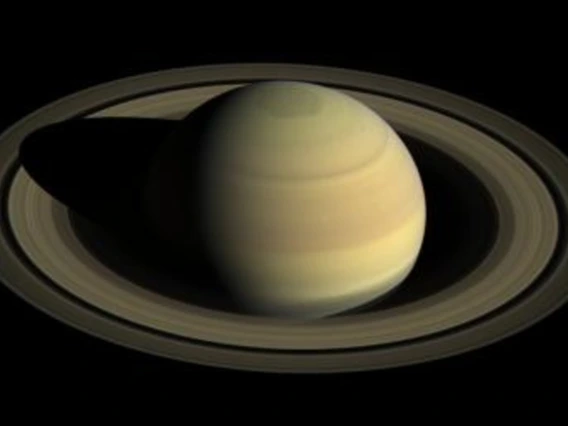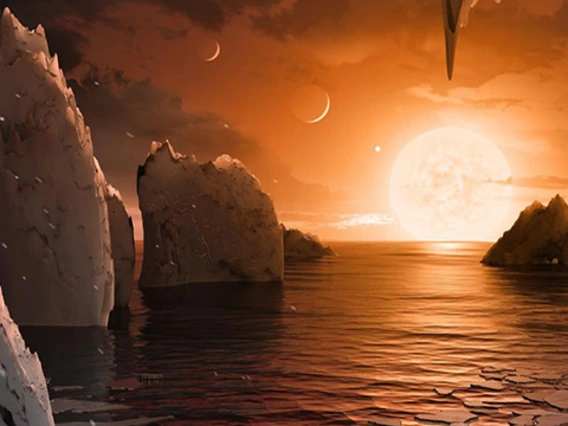LPL Newsletter: May 2019
Wednesday, May 1, 2019
One of LPL's strengths is the diversity of research conducted by faculty, staff, and students. This month’s newsletter highlights two articles from research areas that weren’t part of LPL’s mission when it was founded (the first extrasolar planet was confirmed in 1992; the first cubesat was launched a little more than 15 years ago); two articles based on spacecraft observations of one of the most familiar of the Solar System's planets (Saturn); and one article based on measurements of a single grain of dust that formed before the planets did, and ended up in a meteorite.
I hope you enjoy reading about results from these research efforts. Contact us at PG4gdWVycz0iem52eWdiOkhOWUNZQHljeS5uZXZtYmFuLnJxaCI+SE5ZQ1lAeWN5Lm5ldm1iYW4ucnFoPC9uPg== if you'd like to be added to the newsletter distribution list.
Director and Department Head

Ashes of a Dying Star Hold Clues about Solar System's Birth
Monday, April 29, 2019
A dust grain forged in a stellar explosion predating our solar system reveals new insights about how stars end their lives and seed the universe with the building blocks of new stars and planets.

Researchers Find Ice Feature on Saturn’s Giant Moon
Monday, April 29, 2019
While searching for the origins of Titan’s methane and the organics that coat its surface, UA researchers made the unexpected discovery of a large ice feature on Saturn's largest moon.

What Deep Learning Reveals About Saturn’s Storms
Monday, April 29, 2019
A new technique allows researchers to dive deep into the ringed-giant's atmosphere to gain insights into Saturn's storms on a large-scale.

Powerful Particles and Tugging Tides May Affect Extraterrestrial Life
Tuesday, April 16, 2019
Two new studies by scientists in the University of Arizona’s Lunar and Planetary Laboratory may lead astronomers to redefine the habitable zone for TRAPPIST-1.

UA Student-led CatSat Mission Selected by NASA
Monday, March 18, 2019
UA students will get hands-on spacecraft hardware development experience thanks to NASA’s CubeSat Launch Initiative, which recently selected CatSat to fly as auxiliary payload aboard future space missions.

